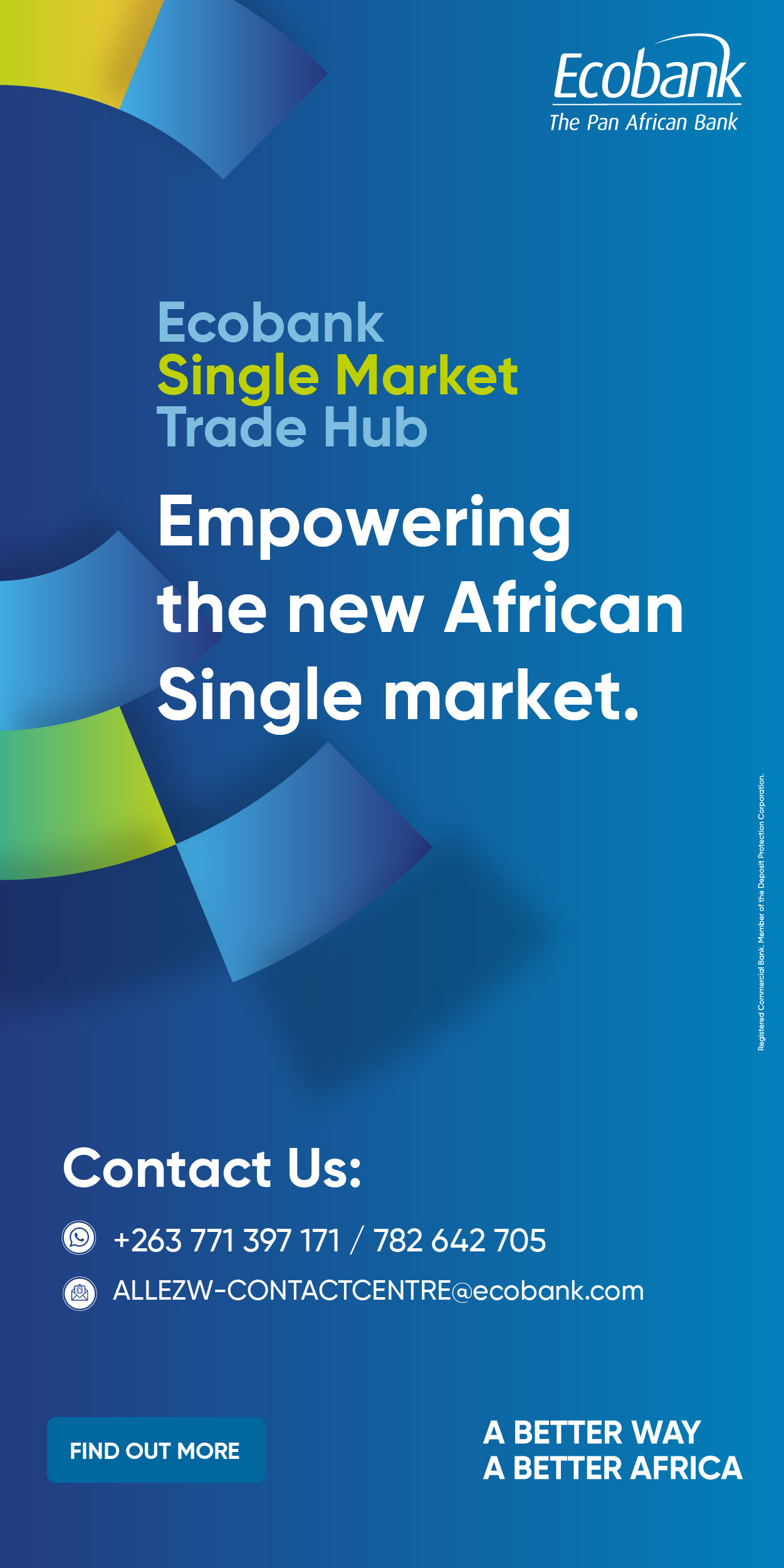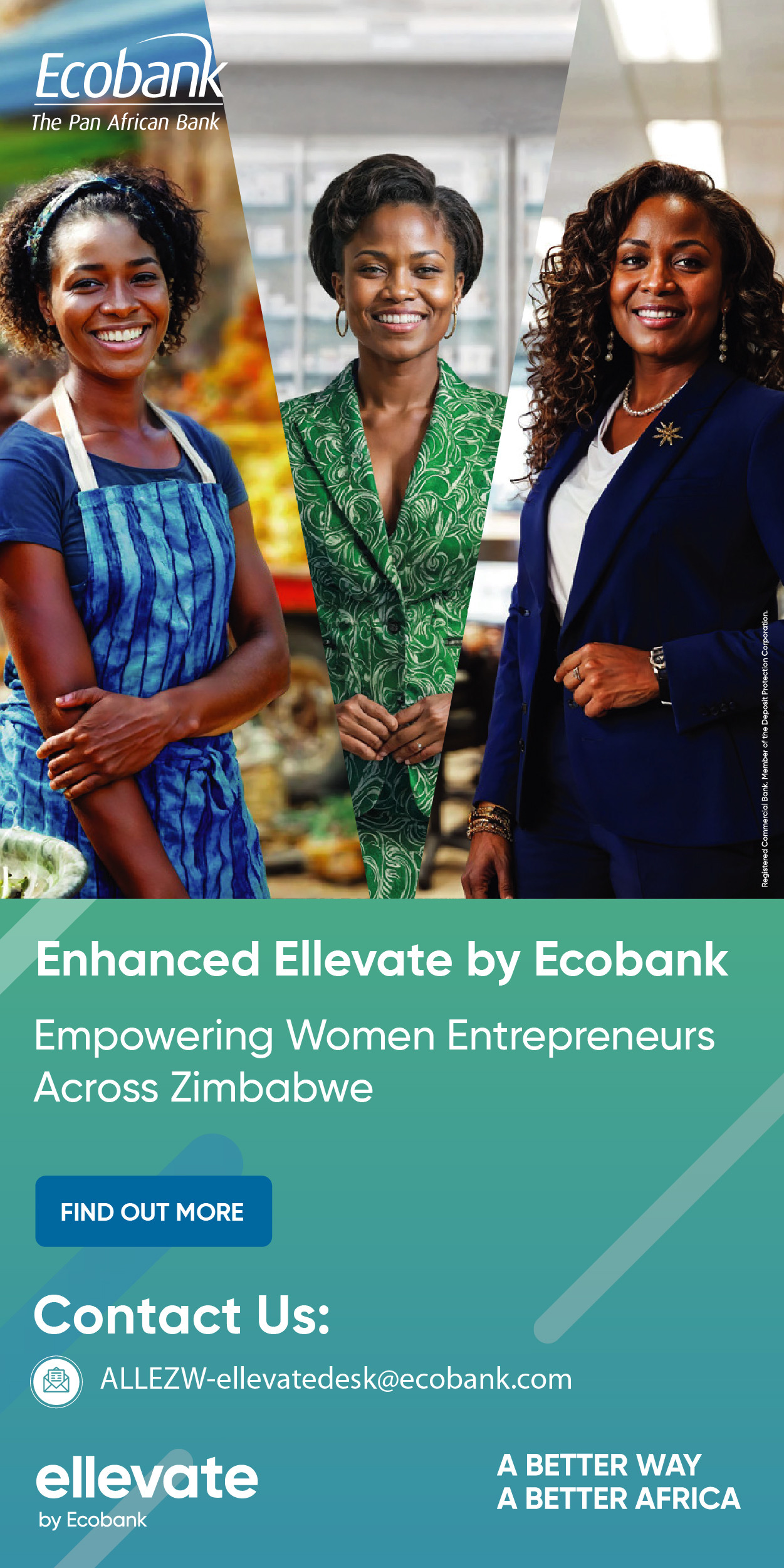- The ADF is currently operating under a three-year replenishment cycle with a total budget of $8.9 billion, which is set to end in 2025
- The proposed U.S. cut represents approximately 6-7% of this cycle, creating a significant funding gap
- African countries had aimed for a $25 billion replenishment for the next cycle
- It also presents an opportunity for African nations to accelerate self-reliance
Harare- The Trump administration has proposed to eliminate $555 million in funding for the African Development Fund (ADF), the concessional financing arm of the African Development Bank (AfDB), marks a significant shift in U.S. foreign aid policy toward Africa.
Announced as part of the fiscal year 2026 budget submitted to Congress, this decision targets the ADF, which supports low-income and fragile African economies, citing misalignment with White House priorities.
As the second-largest shareholder of the AfDB, the United States has been a key contributor to the ADF since 1976, and this drastic cut unprecedented in scale compared to reductions by other donors raise critical questions about the AfDB’s financial stability, its ability to sustain regional projects, and the broader implications for Africa’s development trajectory.
This article analyses the extent of the AfDB’s reliance on U.S. funding, the potential impact on the bank’s operations, and the ripple effects on development projects across the continent.
The African Development Bank, established in 1964, is a cornerstone of Africa’s development financing, providing loans, grants, and technical assistance to its 54 regional member countries. The ADF, created in 1972, is specifically designed to support the continent’s 40 least-developed countries, which house 77% of Africa’s population, through concessional financing for projects in infrastructure, health, education, and climate resilience.
The ADF operates on a three-year replenishment cycle, with its current $8.9 billion cycle set to end in 2025.
The United States, holding approximately 6.5% of the AfDB’s total voting shares, has historically been a significant contributor to the ADF, providing $555 million in recent cycles. While this amount represents a fraction of the ADF’s total funding as donor contributions totalled $12.58 billion by 1996, with the U.K. as the largest shareholder at 14%, the U.S. contribution is substantial in absolute terms and carries symbolic weight as a signal of multilateral commitment.
The AfDB’s financial model relies on a diverse donor base, including non-African countries like the U.S., U.K., and Japan, alongside internal capital mobilisation and contributions from African governments.
However, the proposed U.S. cut, equivalent to roughly 6-7% of the ADF’s current cycle, creates a significant shortfall, particularly as African countries had ambitiously pushed for a $25 billion replenishment in October 2024.
Other donors, such as European nations, have also reduced contributions, but none match the scale of the U.S. withdrawal. The AfDB’s AAA credit rating, which enables it to borrow at low costs, partially mitigates reliance on any single donor, but the sudden loss of U.S. funds will strain the bank’s ability to meet its lending targets, especially for concessional loans critical to low-income countries.
Impact on the African Development Bank
The $555 million cut poses both immediate and long-term challenges for the AfDB. In the short term, the funding gap disrupts the ADF’s operational plans, forcing a “reset” in how the fund allocates resources.
The timing is particularly inopportune, as the AfDB approaches a leadership transition with President Akinwumi Adesina stepping down in May 2025.
The incoming president will inherit a bank under financial pressure, with reduced resources to fulfill commitments to climate-smart agriculture, gender-inclusive financing, and infrastructure development, key pillars of Adesina’s tenure.
The cut may also weaken the AfDB’s bargaining power in replenishment negotiations, as other donors could use the U.S. withdrawal as leverage to justify further reductions.
Longer term, the AfDB’s credibility as Africa’s premier development institution could be tested. The bank has positioned itself as a leader in mobilising global partnerships, with initiatives like the Infrastructure Consortium for Africa and NEPAD infrastructure projects.
A diminished ADF risks undermining these efforts, particularly in co-financing arrangements where U.S. participation has historically unlocked additional funds.
Moreover, the Trump administration’s selective approach of maintaining $3.2 billion for the World Bank’s International Development Association while slashing ADF contributions signals a transactional view of multilateralism that could erode trust in the AfDB’s ability to secure consistent donor support.
The bank may need to lean more heavily on alternative funding sources, such as private-sector partnerships, African government contributions, or emerging donors like China, though these come with their own complexities, including higher borrowing costs or geopolitical strings.
Effects on Regional Projects
The ADF’s role in financing projects across Africa’s low-income and fragile states is critical, and the U.S. funding cut will have tangible consequences for regional development. In 2022, the ADF approved $6.16 billion in projects, with significant allocations to infrastructure ($1.13 billion), food security ($1.34 billion), and climate change initiatives ($429 million).
These projects include transformative efforts like Burkina Faso’s Bagré Growth Pole, which boosts agricultural productivity, and Senegal’s Regional Express Train, enhancing urban mobility. The $555 million shortfall could delay or cancel similar initiatives, particularly in sectors like health and climate resilience, where ADF funding is often the only affordable option for cash-strapped governments.
Fragile states, such as Somalia, South Sudan, and the Democratic Republic of Congo, are especially vulnerable. The ADF’s concessional loans, with no interest and a 50-year repayment period, are lifelines for these countries, supporting basic services and economic stabilisation.
A reduction in funding risks exacerbating humanitarian crises, as seen in Sudan, where U.S. aid previously funded communal kitchens for displaced populations. Moreover, the cut aligns with the Trump administration’s broader retreat from climate and diversity, equity, and inclusion (DEI) programs, which could halt AfDB initiatives like climate-smart agriculture and gender-inclusive financing areas where 40% of the bank’s portfolio is currently directed.
This ideological shift not only limits project scope but also challenges the AfDB’s progressive development agenda.
Broader Regional Implications
Beyond project-specific impacts, the U.S. funding cut could reshape Africa’s development landscape. Sub-Saharan Africa, home to the world’s youngest and fastest-growing population, faces record levels of displacement, hunger, and conflict. The loss of U.S. support for the ADF exacerbates these challenges, potentially undermining progress toward the Sustainable Development Goals (SDGs).
Health programs, such as those combating HIV/AIDS, may face setbacks, as seen with the threatened reduction in PEPFAR funding, which supports 5.5 million people in South Africa alone. Similarly, infrastructure projects critical for regional integration, like cross-border roads and energy grids, could stall, hindering trade and economic growth.
The cut also has geopolitical ramifications. The Trump administration’s “America First” policy, coupled with its focus on countering China and Russia, may redirect U.S. resources to bilateral investments through the U.S. International Development Finance Corporation (DFC), which prioritises commercial returns over concessional aid.
This shift could create a vacuum for authoritarian powers like China, which has financed $25.7 billion in African infrastructure through its Belt and Road Initiative, to expand influence. A reduced U.S. presence risks diminishing its diplomatic leverage in a region rich with critical minerals and emerging markets, potentially compromising long-term U.S. interests.
While the funding cut presents significant challenges, it also offers an opportunity for African nations and the AfDB to accelerate self-reliance. Former AfDB President Donald Kaberuka has long advocated for reducing dependence on external aid, emphasising internal resource mobilisation and sustainable development.
The cut could spur African governments to strengthen policies for domestic revenue generation, such as tax reforms or sovereign wealth funds, and foster private-sector growth through public-private partnerships.
The AfDB, with its AAA rating, can explore innovative financing models, like green bonds or diaspora remittances, which already surpass foreign direct investment in some countries. Countries like Botswana, which leveraged diamond revenues for growth, and Ghana, with its “Ghana Beyond Aid” vision, provide models for reducing aid dependency.
Nonprofits and grassroots organizations may also play a larger role in filling funding gaps. The African Medical and Research Foundation (Amref Health Africa) has launched leadership training to sustain health projects, while charities like GiveDirectly are crowdfunding to offset USAID cuts.
However, these efforts require time and scale to replace the ADF’s concessional financing, and immediate disruptions are inevitable.
Therefore, the Trump administration’s proposed $555 million cut to the African Development Fund is a seismic blow to the AfDB and Africa’s development agenda. While the U.S. contribution is a relatively small portion of the ADF’s total funding, its withdrawal creates a $500 million shortfall that threatens critical projects in infrastructure, health, and climate resilience, particularly in fragile states.
As the U.S. Congress deliberates the budget, the fate of the ADF and its role in shaping Africa’s future—hangs in the balance, with profound implications for the continent’s poorest and most vulnerable populations.
Equity Axis News





